How to make your own tomato fertiliser for your tastiest crop yet
DIY your plant food for healthy growth on a budget

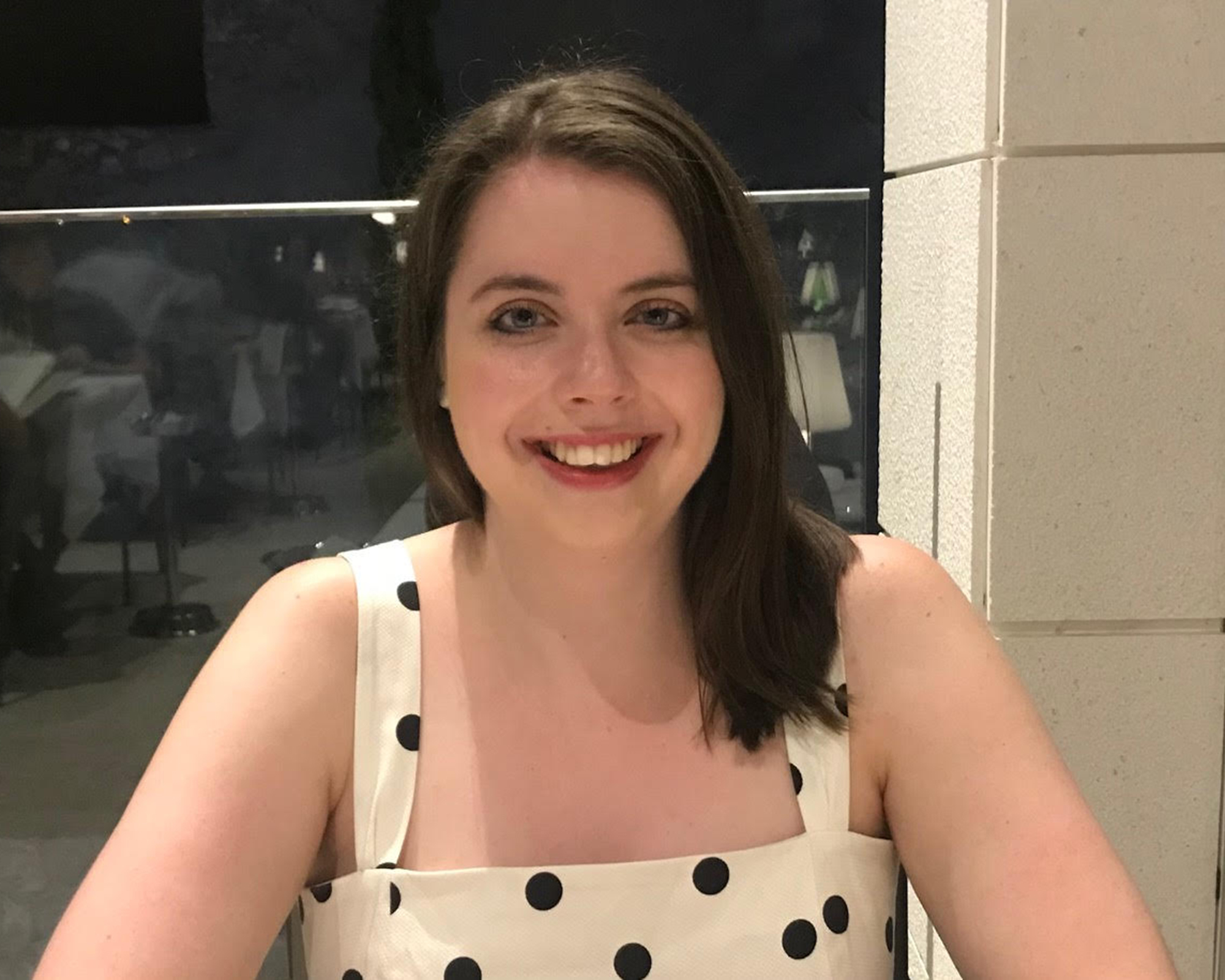
Tomato plants are a sure-fire winner for keen fruit and vegetable growers and as a warm season crop, they’re also prime for growing in the spring and summer months, so they're bound to be on your mind.
Not only is growing tomatoes one of the easier garden jobs – with less maintenance required than other vegetable plants – but they’re also naturally smaller plants, meaning they can easily be grown in any outdoor space, whether you have a small balcony (and want to grow tomatoes in a hanging basket) or a large green garden.
Alongside fertile soil, you’ll need some effective fertiliser to help your tomato plants grow fruitfully. To help you achieve this, homemade tomato fertiliser can be a great option.
How to make your own tomato fertiliser
There are plenty of routes you could go down to make your own tomato fertiliser, but many of the easiest and most popular options involve using leftovers from your kitchen – or growing other plants to assist you.
Eggshell fertiliser

A fertiliser made of eggshells might sound odd, but it can be incredibly effective thanks to the high levels of calcium, potassium, phosphorus, and magnesium to be found within them. Eggshells in the garden can be something of a miracle worker, after all.
However, don’t simply throw on eggshells to your soil. ‘Rinse and dry eggshells, then crush them into small pieces or grind them into a powder,’ advises Nadezhda Yaneva, gardening and plant expert at Fantastic Gardeners. ‘Then, sprinkle the crushed shells or powder around the base of your tomato plants.’
Comfrey plant fertiliser

If you fancy a super-natural option, you could grow a comfrey plant. ‘Their leaves can be used to make a liquid fertiliser,’ explains Gardening expert at IBRAN, Ted Bromley-Hall, working with tombola.
Get the Ideal Home Newsletter
Sign up to our newsletter for style and decor inspiration, house makeovers, project advice and more.
Once you have grown or bought your comfrey plant and planted it, you will need to pick a decent amount of its leaves; around 1kg for every 1.5 litres of water, Ted suggests. ‘Make sure to wear gloves when doing this, as the hairy leaves can cause irritation,’ he says.
'Then put these leaves into a bucket that can be sealed with a lid, and top up the bucket with water so the leaves are fully immersed in water. It helps to weigh the leaves down with something like a brick so that as the leaves start to break down in the water, for better nutrient extraction.’ T
his will take a few weeks, and be warned, will definitely create an unpleasant smell. ‘It might be wise to keep your bucket away from your patio area while you’re making it,’ advises gardening expert Oliver Johnson at HomeAdviceGuide.
Once broken down, strain the remaining liquid and dilute it. ‘For every part of comfrey liquid, you need to add 10 parts of water,’ Ted says. Then, simply water your tomato plants with this liquid.
Banana peel fertiliser

‘Consider using banana peel fertiliser for your tomato plants, by chopping banana peels into small pieces,’ suggests Nadezhda. This method couldn’t be simpler, and there are two options for completing it. ‘
'Bury these peels in the soil around your tomato plants – or, if you want a liquid fertiliser, soak banana peels in a jar of water for a few days,’ she advises. ‘Then, use the banana peel water to water your tomato plants. This method supplies potassium and other trace nutrients to your tomatoes.'
Nettle tea
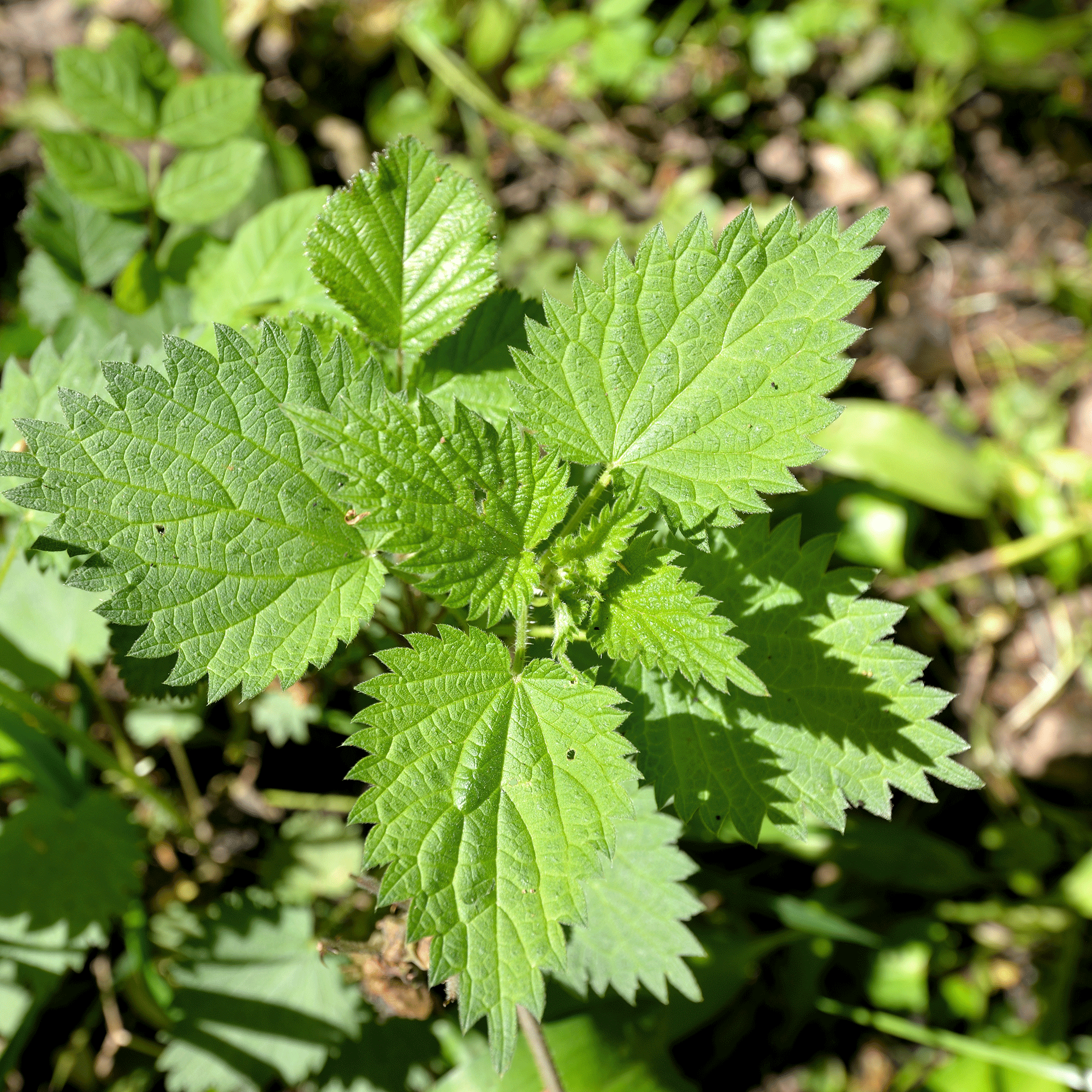
It’s probably not something you want to consume yourself, but nettle tea can also be an excellent fertiliser for tomato plants, Oliver says, explaining that it is a nitrogen-rich plant, boosting the plant’s production of chlorophyll.
‘To make this “tea”, simply pick a large bunch of nettles before they flower, and soak them in a bucket of water for a week or two,’ he says. ‘Once the water has turned green, it’s ready to use on your tomato plants.’
Coffee grounds fertiliser

‘Coffee grounds contain a good level of nitrogen,’ Oliver explains, promoting the growth of tomato plants. So creating a coffee ground fertiliser can be an excellent way to bolster your tomatoes, as well as responsibly disposing of your morning coffee grounds.
‘Spread used coffee grounds around the base of your tomato plants and then mix them lightly into the soil,’ Nadezhda says. ‘One of the benefits is that this adds nitrogen to the soil, improving soil structure and fertility.’ However, be sure not to use too many coffee grounds, which can be damaging to soil and plants in too large quantities.
FAQs
Why should you make your own fertiliser for tomato plants?
You might consider it a lot less work to simply purchase a fertiliser from the shop for your tomato plants. But making your own is actually a super effective method of encouraging your tomato plants to grow well – as well as save a little bit of money along the way.
‘Any homemade fertiliser is a worthwhile project, especially as a lot of composts lack a number of the key nutrients required for the growth of both the plant and the fruit,' explains gardening expert Ted Bromley-Hall.
'Creating your own fertiliser helps you to tailor the nutrient mix to better suit the variety of tomato you're trying to grow and its growth stage.’
Often, homemade fertilisers can also be created using items you already have to hand, saving the need to buy anything at all. ‘Homemade fertilisers are usually made from kitchen scraps and other readily available materials, saving money on commercial fertilisers,’ says plant expert Nadezhda Yaneva. ‘As such, they also reduce waste by repurposing kitchen scraps and organic materials.’
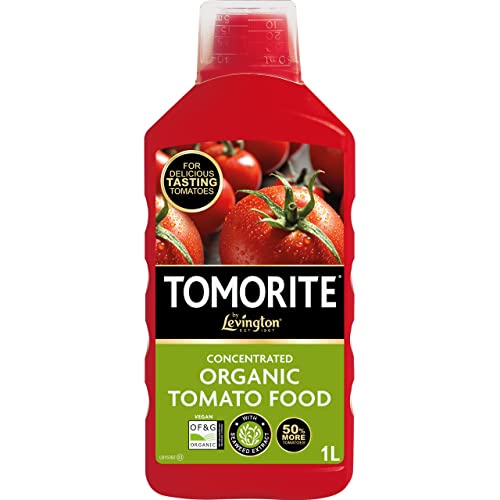
However, if you're short on time and your food bin is empty of scraps, you can always take the easy route and use a highly rated pre-made fertiliser mix.
What sort of nutrients do tomato plants need?
If you are making your own fertiliser, it’s important to include everything a tomato plant and its fruit really needs to flourish – and ensuring you can do this is the beauty of making your own.
To shed light on the necessary components, Ted explains, ‘Generally speaking, tomatoes need a rich mix of nitrogen, phosphorus and potassium (NPK) to encourage growth of the "green parts" such as the stem and leaves which make up 90% of the plant. For the pre-fruiting stage, this should be weighted more towards nitrogen and potassium.’

Amy Hunt is an experienced digital journalist and editor, now working in a freelance capacity specialising in homes and interiors, wellness, travel and careers. She was previously Lifestyle Editor at woman&home, overseeing the homes, books and features sections of the website. Having worked in the industry for over eight years, she has contributed to a range of publications including Ideal Home, Livingetc, T3,Goodto, Woman, Woman’s Own, and Red magazine.
-
 I tried out this neat little dehumidifier for a month – it dried my laundry in half the time
I tried out this neat little dehumidifier for a month – it dried my laundry in half the timeThe 20L SmartAir Dry Zone dehumidifier tackled my laundry drying woes head on
By Jenny McFarlane
-
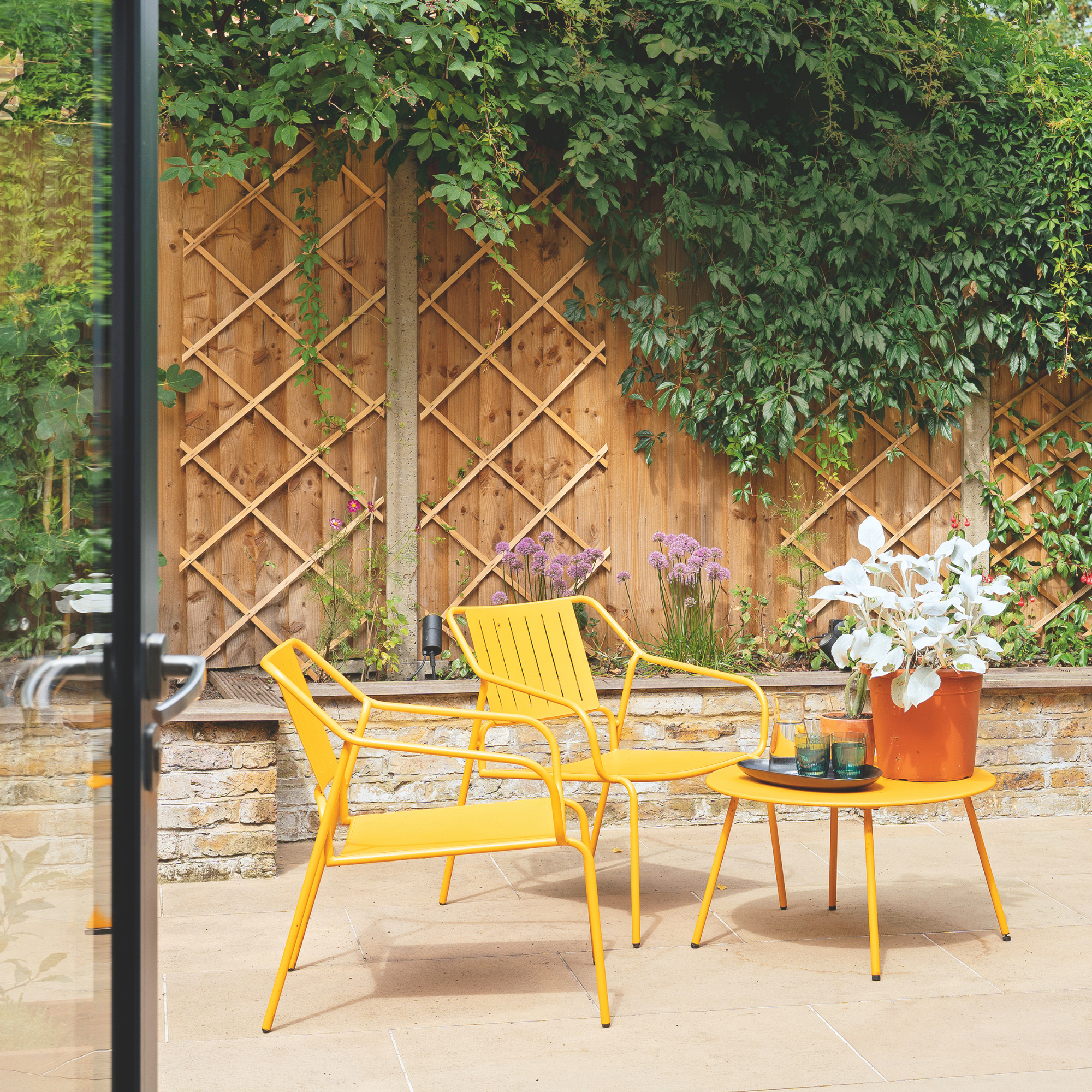 I’m seeing pastel garden furniture at all my favourite brands this spring, but QVC’s sorbet collection impressed me the most
I’m seeing pastel garden furniture at all my favourite brands this spring, but QVC’s sorbet collection impressed me the mostFresh pastel shades are a great way to liven up your outdoor space
By Kezia Reynolds
-
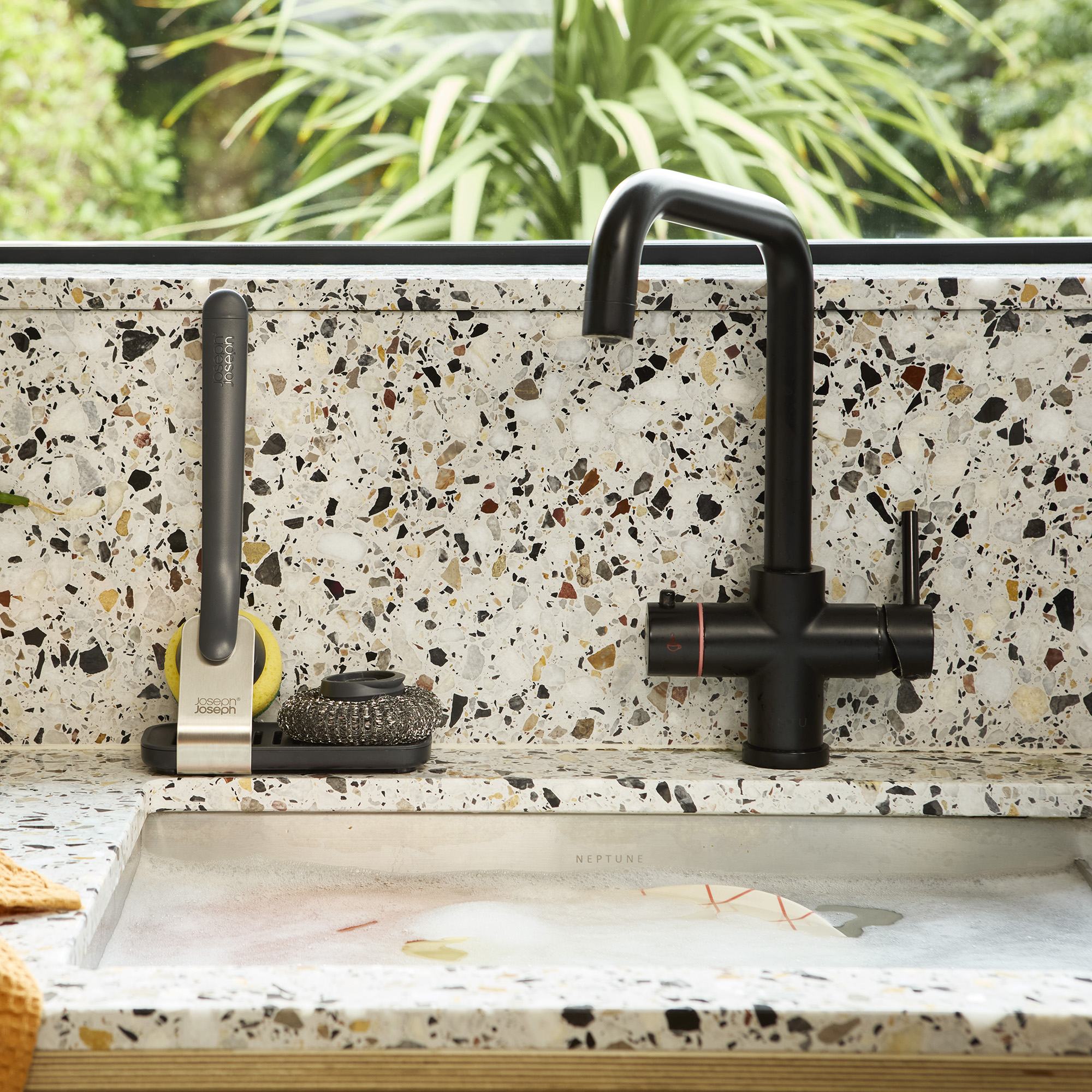 Don't tell my flatmates, but Joseph Joseph's clever new sink range finally made me enjoy washing up
Don't tell my flatmates, but Joseph Joseph's clever new sink range finally made me enjoy washing upI didn't know stylish washing up accessories existed until I saw this collection
By Holly Cockburn